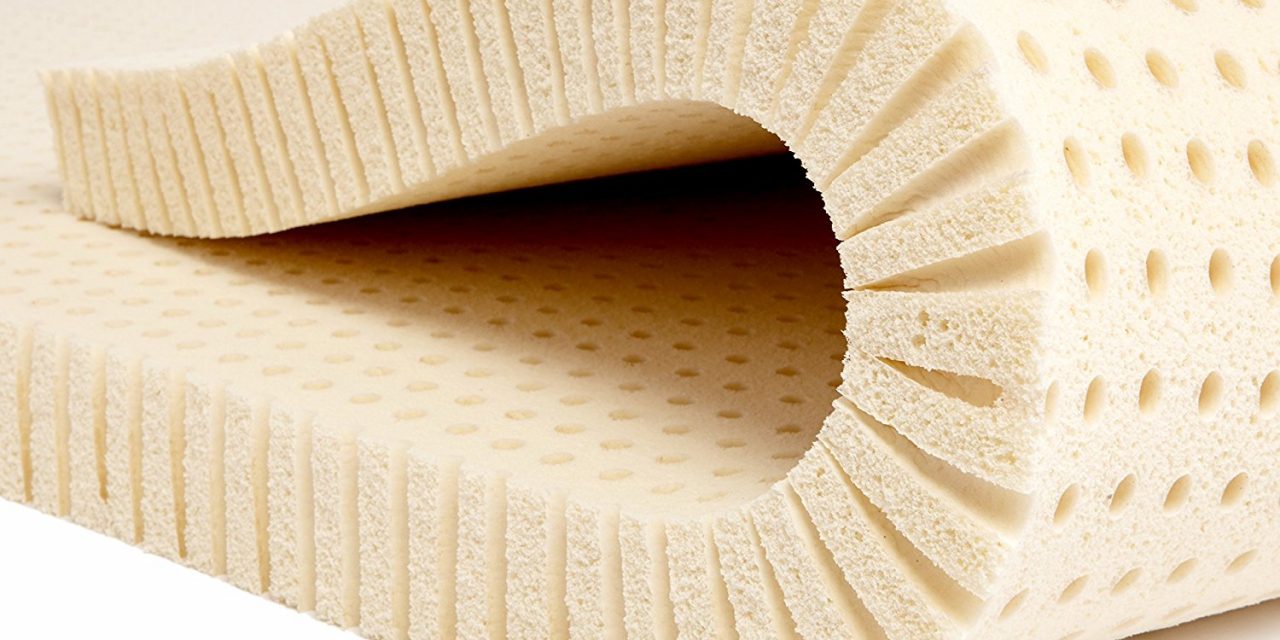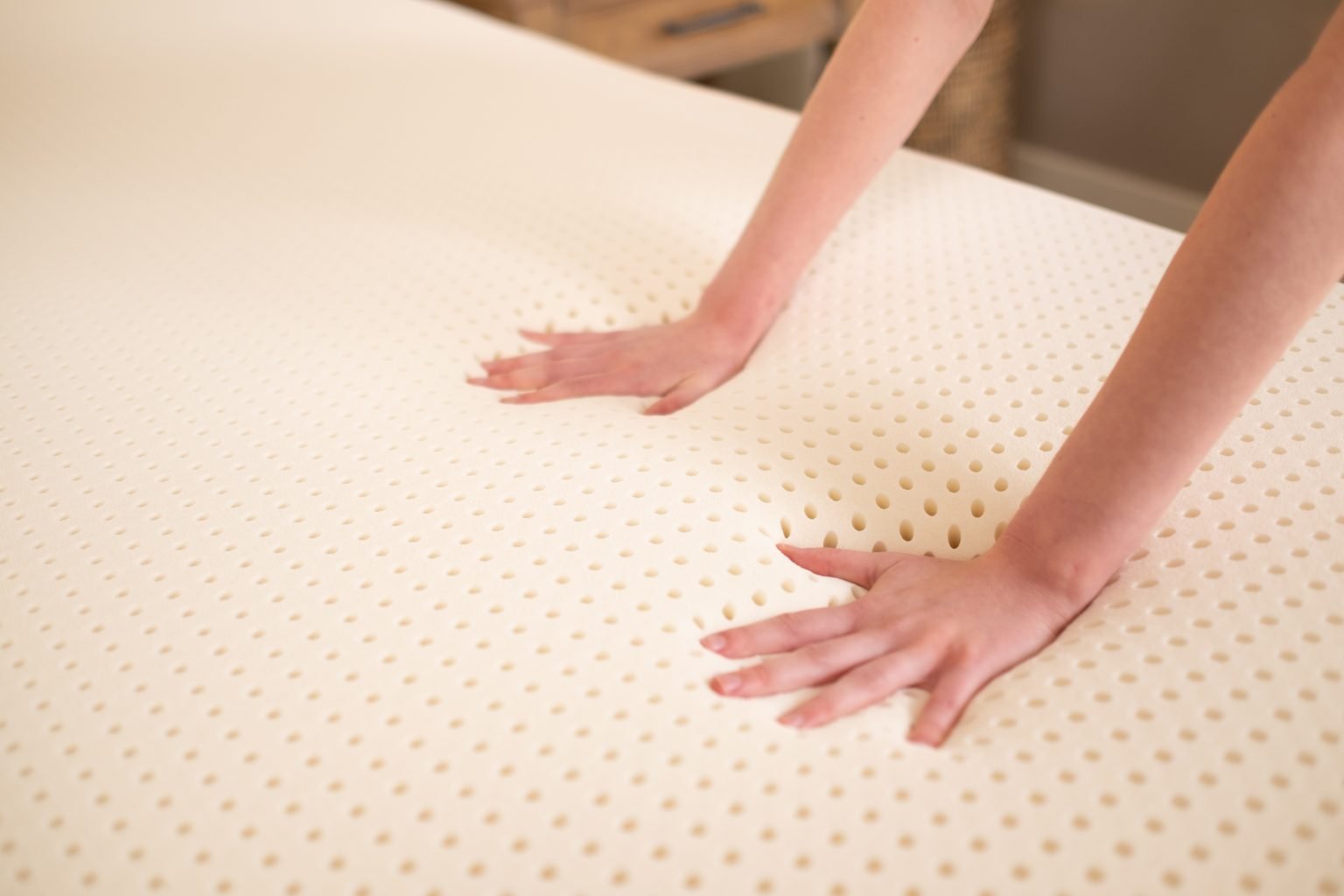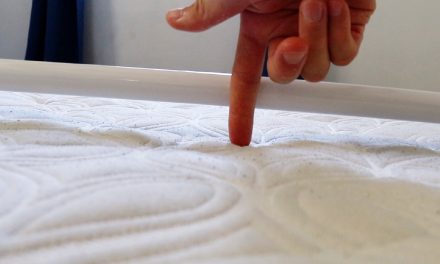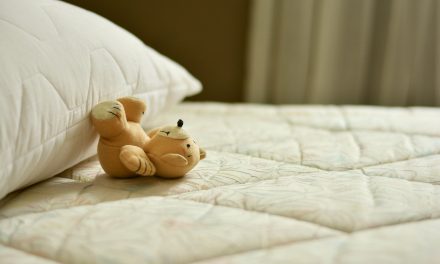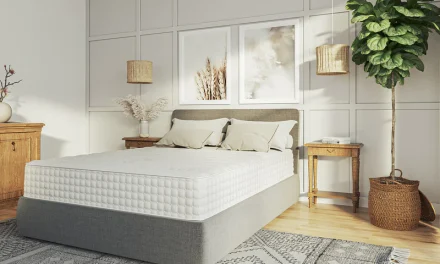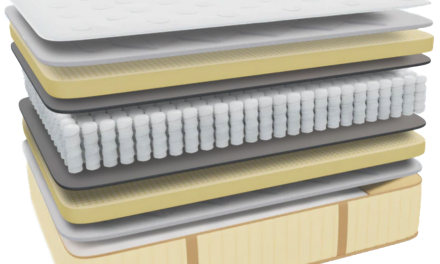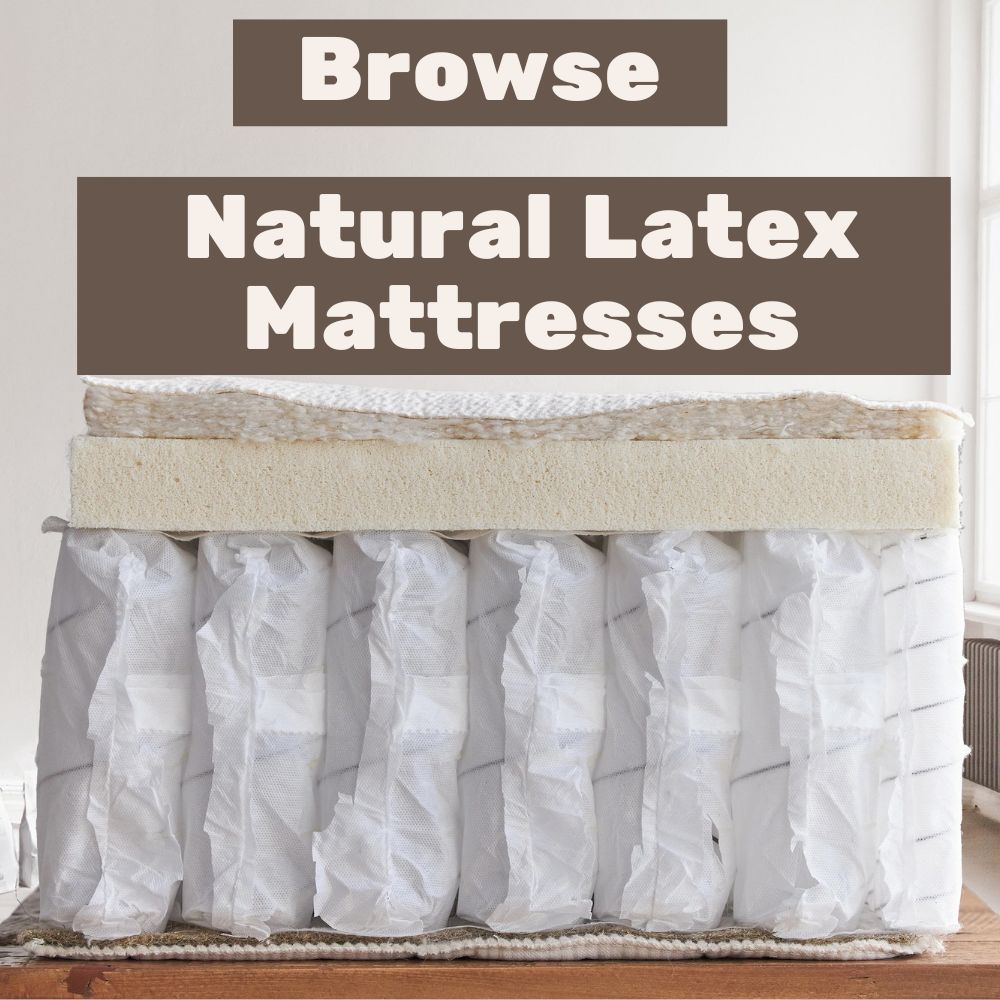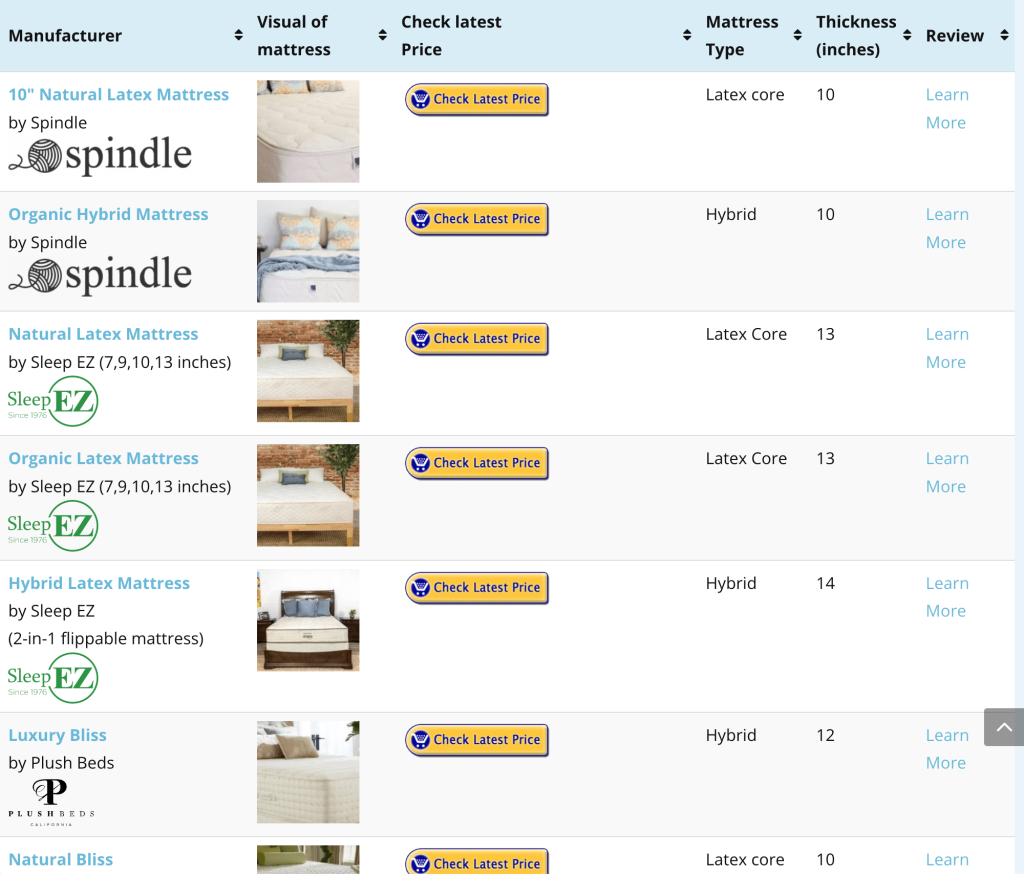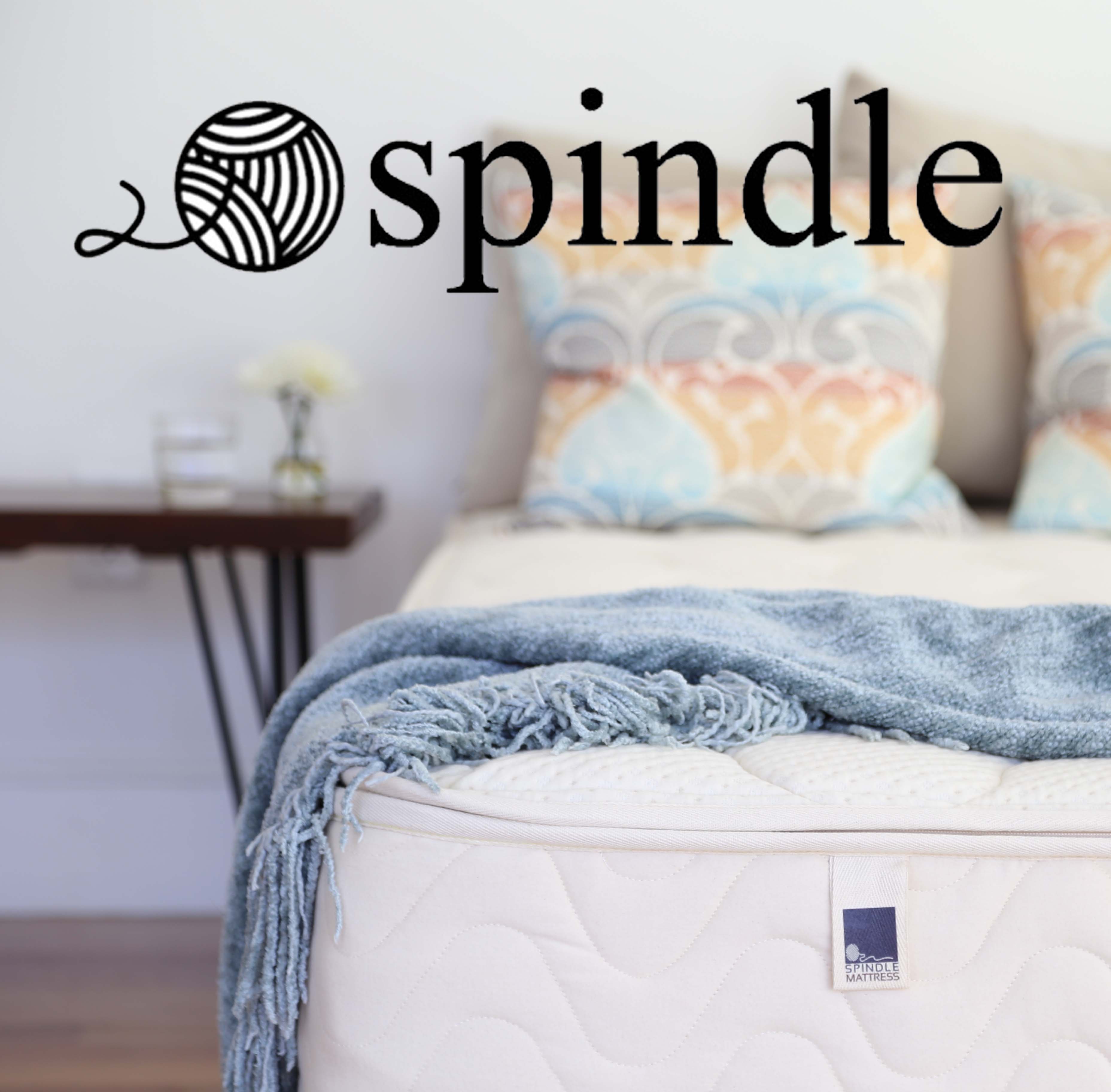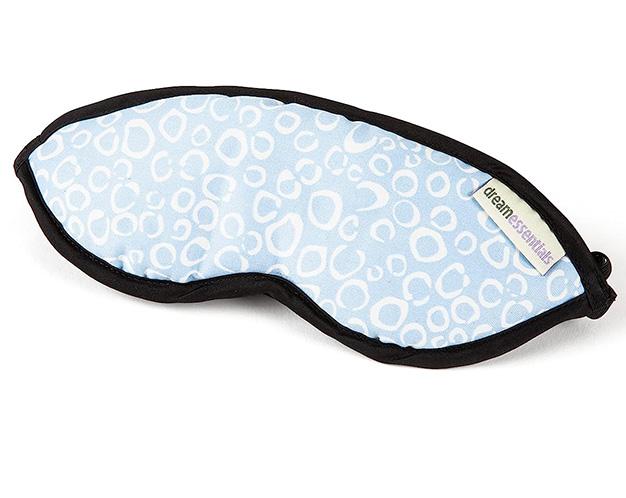Table of Contents
Best Mattress Topper for Back Problems: Sleep Better Tonight!
Are you tired of waking up with a sore back? You’re not alone! Did you know that nearly 80% of adults experience back pain at some point in their lives? Yikes! But here’s the good news: a high-quality mattress topper might just be the solution you’ve been dreaming of. In this guide, we’ll explore our picks for the best mattress topper for back problems, helping you find the perfect balance of comfort and support. Say goodbye to those sleepless nights and hello to pain-free mornings!
Understanding Back Pain and Sleep
Before we dive into the world of mattress toppers, it’s crucial to understand the connection between back pain and sleep. After all, knowledge is power – especially when it comes to getting a good night’s rest!
Types of Back Pain
Back pain generally falls into two categories:
- Acute back pain: This type of pain comes on suddenly and usually lasts for a few days to a few weeks. It’s often caused by things like muscle strain or minor injuries.
- Chronic back pain: If your back pain persists for 12 weeks or longer, it’s considered chronic. This can be due to various conditions like herniated discs, arthritis, or spinal stenosis.
Regardless of the type you’re experiencing, one thing’s for sure – back pain can seriously mess with your sleep!
How Sleep Posture Affects Back Pain
Ever heard the phrase “posture perfect”? Well, it applies to sleep too! Your sleep posture plays a huge role in managing back pain. Poor sleep posture can exacerbate existing back problems and even create new ones. Yikes!
When you sleep, your spine should maintain its natural curve. This helps distribute your weight evenly and reduces stress on your back muscles and joints. But if your mattress is too soft or too firm, it can throw your spine out of whack, leading to those dreaded morning aches and pains.
The Role of Proper Spinal Alignment During Sleep
Proper spinal alignment is the holy grail of back pain relief during sleep. When your spine is aligned correctly, it helps:
- Reduce pressure on your back muscles
- Prevent pinched nerves
- Minimize stress on your joints
- Allow your muscles to relax and recover
Think of it like this: your spine is the superhero of your skeletal system, and proper alignment is its superpower. When everything’s in line, you’re more likely to wake up feeling refreshed and pain-free. And who doesn’t want that?
How Mattress Toppers Can Help Alleviate Back Pain
Now that we’ve covered the basics, let’s talk about how the best mattress topper for back problems can be your secret weapon. These magical sleep accessories can transform your existing mattress into a customized haven of comfort and support. Here’s how:
Pressure Point Relief and Weight Distribution
One of the biggest benefits of a good mattress topper is its ability to relieve pressure points. These are areas where your body presses against the mattress, potentially causing discomfort and disrupting blood flow. Common pressure points include your shoulders, hips, and lower back.
A high-quality mattress topper, especially one made of memory foam or latex, can help distribute your weight more evenly across the surface. This reduces the pressure on any single point, allowing your muscles to relax and promoting better circulation. It’s like giving your whole body a gentle, supportive hug all night long!
Added Support for Proper Spinal Alignment
Remember our superhero spine we talked about earlier? Well, a mattress topper can be its trusty sidekick. By adding an extra layer of support to your mattress, a topper can help maintain proper spinal alignment throughout the night.
For example, if you’re a side sleeper, a mattress topper can provide extra cushioning for your hips and shoulders while still supporting your waist, keeping your spine in a neutral position. Back sleepers might benefit from a topper that supports the natural curve of their lower back.
Customization of Mattress Firmness
Let’s face it – sometimes our mattresses just aren’t cutting it anymore. Maybe it’s too soft, too firm, or just plain worn out. But before you shell out big bucks for a brand new mattress, consider this: a mattress topper can be a cost-effective way to adjust your bed’s firmness level.
If your mattress is too soft, a firmer topper can add the support you need. On the flip side, if your mattress feels like sleeping on a rock, a plush topper can add a layer of comfort without sacrificing support. It’s like having a custom-made bed without the custom-made price tag!
Key Features to Look for in a Mattress Topper for Back Problems
Alright, now that you’re sold on the benefits of a mattress topper (and who wouldn’t be?), let’s talk about what to look for when shopping for one. Not all toppers are created equal, especially when it comes to back pain relief. Here are the key features to keep in mind:
Material Types
The material of your mattress topper can make a big difference in how it performs. Here are some popular options:
-
- Memory Foam: This material contours to your body, providing excellent pressure relief. It’s great for reducing motion transfer, which is perfect if you share your bed with a restless partner. Some people find it sleeps hot, though, so keep that in mind if you’re a “hot sleeper.”
-
- Latex: Natural latex is known for its durability and responsiveness. It offers a nice balance of comfort and support, and it’s naturally cooling and hypoallergenic. The downside? It can be pricier than other options.
- Gel-Infused Foam: This is basically memory foam with cooling gel beads mixed in. It offers the pressure relief of memory foam with improved temperature regulation. Win-win!
Thickness and Density Considerations
When it comes to mattress toppers, size matters – both in terms of thickness and density.
Thickness: Toppers typically range from 2 to 4 inches thick. If you’re dealing with serious back pain or have a very firm mattress, you might want to opt for a thicker topper (3-4 inches) for more cushioning. However, if you just need a little extra comfort, a 2-inch topper might do the trick.
Density: For memory foam toppers, density is measured in pounds per cubic foot (PCF). Higher density (4-5 PCF) usually means better support and durability, which can be great for back pain relief. However, these toppers can also be heavier and more expensive.
Temperature Regulation Properties
Nothing ruins a good night’s sleep like waking up in a sweat. If you tend to sleep hot, look for toppers with cooling properties. Some features to consider include:
- Gel-infused foam
- Open-cell structure for better airflow
- Phase-change materials that absorb and release heat
- Natural materials like latex or wool, which are naturally temperature-regulating
Remember, a cool, comfortable sleep environment can help reduce tossing and turning, which is especially important when you’re dealing with back pain.
Top 5 Best Mattress Topper for Back Problems List
Now for the moment, you’ve been waiting for – our top picks for the best mattress topper for back problems. We’ve researched so you don’t have to!
- Sleep On Latex Pure Green Natural Latex Mattress Topper
- Pros: Eco-friendly, durable, available in multiple firmness options (soft, medium, firm)
- Cons: It might have a slight initial odor
- Best for: All sleep positions, thanks to the variety of firmness options
- PlushBeds Natural Latex Topper
- Pros: GOLS-certified organic latex, multiple thickness options (2″, 3″), excellent pressure relief
- Cons: Higher price point
- Best for: Those looking for a customizable, premium organic option
- Avocado Green Organic Latex Mattress Topper
- Pros: GOLS-certified organic latex, wool-quilted cover for natural temperature regulation
- Cons: Only available in two firmness options (plush and firm)
- Best for: Eco-conscious shoppers who prefer natural materials
- Latex for Less Natural Latex Mattress Topper
- Pros: Flippable design with different firmness levels on each side, 100% natural Talalay latex
- Cons: It may be too thick for some sleepers at 3 inches
- Best for Those who want the option to switch between firmness levels
- Birch Organic Mattress Topper
- Pros: Organic latex combined with organic wool and cotton, excellent temperature regulation
- Cons: Only available in one firmness option
- Best for: Hot sleepers looking for a natural, cooling topper
Remember, what works for one person might not work for another. It’s all about finding the right balance of comfort and support for your unique needs.
Choosing the Right Firmness Level for Your Back
When it comes to choosing the mattress topper for back pain, finding the right firmness level is like searching for the Holy Grail. It’s out there, but it might take some trial and error to find it. Here’s a quick guide to help you on your quest:
Soft vs. Medium vs. Firm Toppers
- Soft Toppers: These are great for side sleepers and those who need extra pressure relief. They allow your shoulders and hips to sink in while supporting the rest of your body.
- Medium Toppers: The Goldilocks of toppers – not too soft, not too firm. These are versatile and work well for many sleep positions and body types.
- Firm Toppers: Best for back and stomach sleepers, as well as heavier individuals. They provide more support and help maintain proper spinal alignment.
Considerations Based on Sleep Position and Body Weight
Your sleep position and body weight play a big role in determining the best firmness level for you:
- Side Sleepers: Generally benefit from softer to medium toppers that allow their hips and shoulders to sink in slightly.
- Back Sleepers: Usually do well with medium to firm toppers that support the natural curve of the spine.
- Stomach Sleepers: Typically need firmer toppers to prevent their hips from sinking too deeply, which can cause lower back pain.
- Heavier Individuals: May need firmer, denser toppers for adequate support.
- Lighter Individuals: Might prefer softer toppers that allow them to sink in enough to feel the pressure-relieving benefits.
Balancing Comfort and Support
Here’s the tricky part: you need to find a topper that’s comfortable enough to help you fall asleep easily, but supportive enough to keep your spine aligned throughout the night. It’s a delicate balance, but when you get it right, it’s like hitting the sleep jackpot!
Don’t be afraid to take advantage of sleep trials offered by many companies. It can take a few weeks for your body to adjust to a new sleep surface, so give yourself time to really test out a topper before making a final decision.
Additional Tips for Managing Back Pain While Sleeping
While a great mattress topper can work wonders, it’s not the only tool in your arsenal for combating back pain. Here are some additional tips to help you wake up pain-free:
Proper Pillow Selection
Your pillow plays a crucial role in maintaining proper spinal alignment. Here’s what to look for:
- For Back Sleepers: Choose a medium-thick pillow that keeps your head and neck aligned with your spine.
- For Side Sleepers: Opt for a thicker, firmer pillow to fill the gap between your ear and shoulder.
- For Stomach Sleepers: Use a very thin pillow or no pillow at all to avoid neck strain.
Consider a contoured pillow designed specifically for back pain relief. These often have a curved design that supports the natural curve of your neck.
Sleeping Positions for Back Pain Relief
While we all have our preferred sleep positions, some are better than others when it comes to back pain:
- Back Sleeping: This is generally considered the best position for back pain. Place a small pillow under your knees to maintain the natural curve of your lower back.
- Side Sleeping: If you’re a die-hard side sleeper, try placing a pillow between your knees. This helps keep your spine, hips, and pelvis in alignment.
- Stomach Sleeping: This position is typically the worst for back pain as it can strain your lower back. If you must sleep on your stomach, place a thin pillow under your pelvis to reduce the arch in your lower back.
Stretches and Exercises to Do Before Bed
A little bit of movement before bed can help relax tense muscles and prepare your body for sleep. Try these gentle stretches:
- Knee-to-Chest Stretch: Lie on your back and gently pull one knee towards your chest. Hold for 30 seconds, then switch legs.
- Cat-Cow Stretch: Start on your hands and knees. Alternate between arching your back (cow) and rounding it (cat). Repeat 10 times.
- Child’s Pose: Kneel on the floor, sit back on your heels, then stretch your arms out in front of you. Hold for 30 seconds.
Remember, always consult with a healthcare professional before starting any new exercise routine, especially if you’re dealing with chronic back pain.
Conclusion
Finding the right mattress topper can be a game-changer for those struggling with back problems. By investing in a high-quality topper that suits your specific needs, you’re taking a big step towards better sleep and pain-free mornings. Remember, what works for one person may not work for another, so don’t be afraid to try different options.
Consider factors like your sleep position, body weight, and personal comfort preferences when choosing a topper. Look for features like pressure relief, proper support, and temperature regulation to ensure you’re getting the most out of your investment.
But don’t stop at just the topper – remember to pay attention to your pillow, sleep position, and pre-bed routine as well. All these factors work together to create the perfect sleep environment for your back.
Your perfect night’s sleep is out there – it’s time to claim it! Ready to kiss those sleepless nights goodbye? Check out our top recommendations and start your journey to better sleep today. Sweet dreams and happy (pain-free) sleeping!

